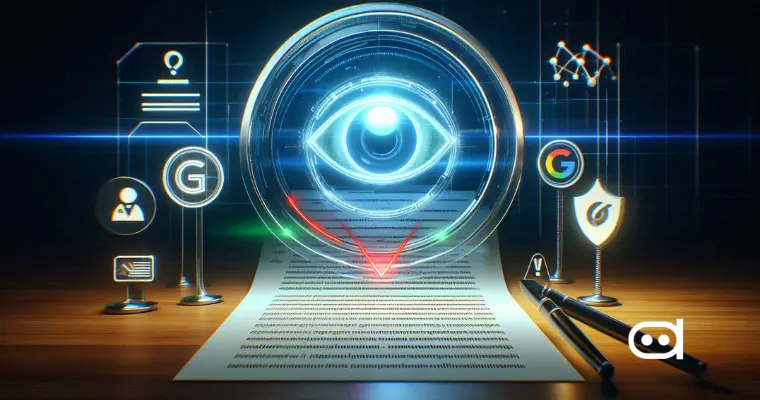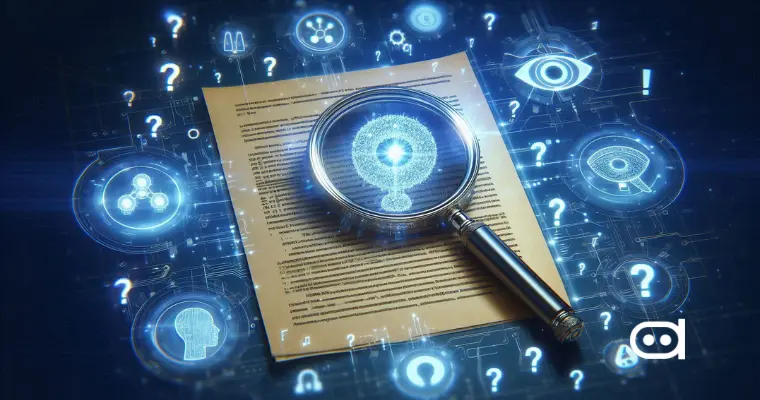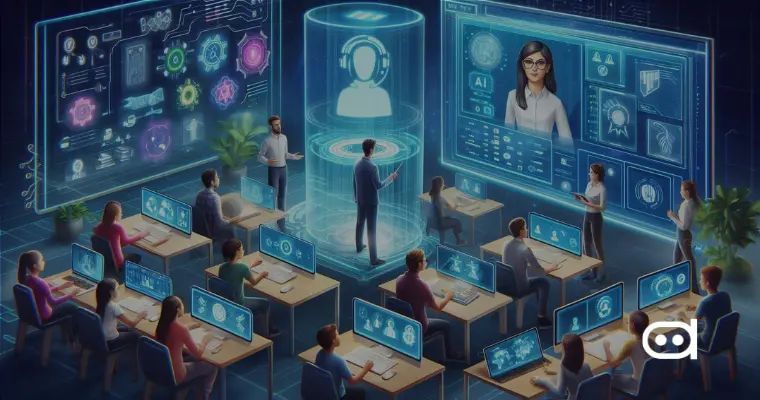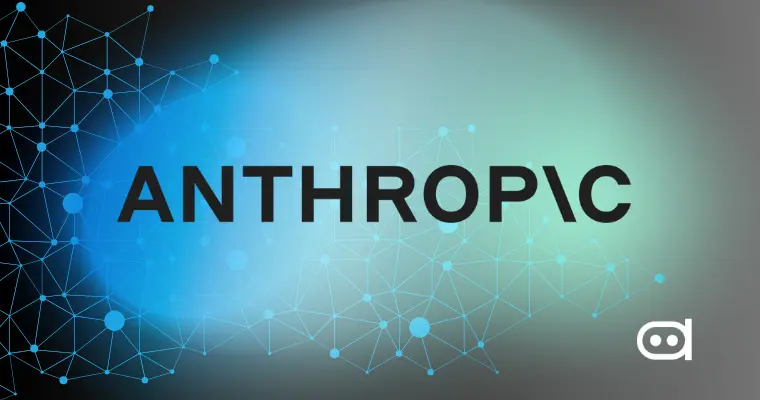
AI plays a huge role in digital industry content production, improving productivity and efficiency. AI content includes texts, images, sounds, and videos generated by AI algorithms. Such algorithms learn from massive data sets and create new content based on patterns discovered. AI generates articles, advertisements, stories, pictures, videos, and more. This technology offers greater velocity and efficiency while raising quality, novelty, and ethical issues. AI writing detectors software is essential for resolving these issues and establishing trust with the internet. The accessibility of creating large amounts of content also necessitates sensitivity to its impact.
Key Roles of AI Content Detectors in the Digital Industry
Maintaining Content Authenticity
Artificial intelligence content detection is essential to online content protection. They screen out false news and deepfakes, scanning for AI-generated text. This also makes digital content more trustworthy, as users are able to distinguish published from unpublished, thus avoiding the chance of plagiarism and making online content more reliable.
Ensuring Compliance with Guidelines
AI detection algorithms handle content moderation for social media and websites. They enable guidelines for plagiarizing, hate speech, and other harmful content, which in turn make the internet safer and more responsible.
Supporting Content Creators
AI detection software serves as an effective tool for writing boot camps. These apps analyze their work to identify areas for improvement, such as potential copyediting or ways to enhance originality and intrigue. That type of feedback helps content writers continuously improve their work, both in terms of quality and ethics. It functions as a type of AI detection for writing tools that enhance their skills.
The Application of AI Detection Tools in Practice
Artificial Intelligence content detection can be used in a variety of sectors, including:
Education
AI plagiarism detectors protect academic standards by picking up on plagiarism in homework. They help teachers evaluate the originality of articles submitted in the name of wholesome scholarship. This will allow for better grading and also teach students the value of original thought.
Publishing
In publishing, AI detection systems maintain high editorial standards. They also help screen out copy-pasted or low-quality articles before publishing, improving the quality and credibility of the content published.
Social Media
Artificial intelligence (AI) detections are indispensable in the elimination of fake news on social media. They filter out fake news, hate speech, and other harmful information. Secure internet experiences enhance user experience and protect at-risk groups.
E-commerce
AI-enabled detection platforms in the online retail market protect brands against fakes. They detect infringement of logos or product descriptions. This protects the brand image and enables consumers to avoid false products.
Marketing
AI detection services in advertising ensure that the advertisement is unique. They prevent copying from marketing and can save you money and brand trust. This will also guarantee a consistent brand message and ensure no consumer confusion.
Artificial Text Recognition – Challenges and Ethics
Accuracy of Detection Tools
AI detection systems are not perfect, resulting in both false positives (denoting the original material as AI-made) and false negatives (absence of AI-made). Better precision is essential for producing reliable results.
Ethical Concerns
Artificial intelligence detection lacks clear moral standards regarding authorship, intellectual property, and algorithmic bias. The ultimate objective is to ensure transparency and justice in the use of these instruments.
Evolving AI Technology
More powerful AIs continue to produce more accurate text generation models, making them tougher to detect. The race between AI and detection must continue to progress.
Cost and Accessibility
The cost and accessibility of high-quality AI detection tools may be prohibitive for startups and independent developers. These tools need to be accessible and affordable if we are to ensure fair competition and the general availability of ethical content models.
The Future of AI Writing Detectors in the Digital Industry
Advancements in detection technologies
Artificial text detectors of the future will most likely rely on NLU and deep learning algorithms to recognize stylistic nuances and contextual cues in text, hence improving the detection of the most sophisticated AI text. This will include examining sentences, tone, and overall consistency in addition to specific words.
Integration with other AI tools
Detection tools are likely to be streamlined into AI writing assistants. This will allow users to receive immediate feedback, ensuring that their posts are as perfect and original as possible before posting. This sort of integration would encourage ethical AI and help business owners to detect AI content while also preventing accidental plagiarism.
Emerging Industry Standards
The future could see the adoption of international standards for AI-generated content detection. Such norms could specify a reasonable level of accuracy, data privacy protocols, and standards of conduct for designing and implementing such tools. It would make the digital ecosystem more trustworthy and transparent.
Conclusion
Artificial content detection is evolving rapidly, bringing key instruments like the AI writing detection tool to ensure authenticity, compliance, and ethics in the online world. Though there are still issues with both precision and accessibility, technological progress and industry standards may make the future of AI-generated content and human-made content less opaque. Continuous refinement and accountable usage of these tools are critical to establishing trust and improving the security of the digital information ecosystem.







